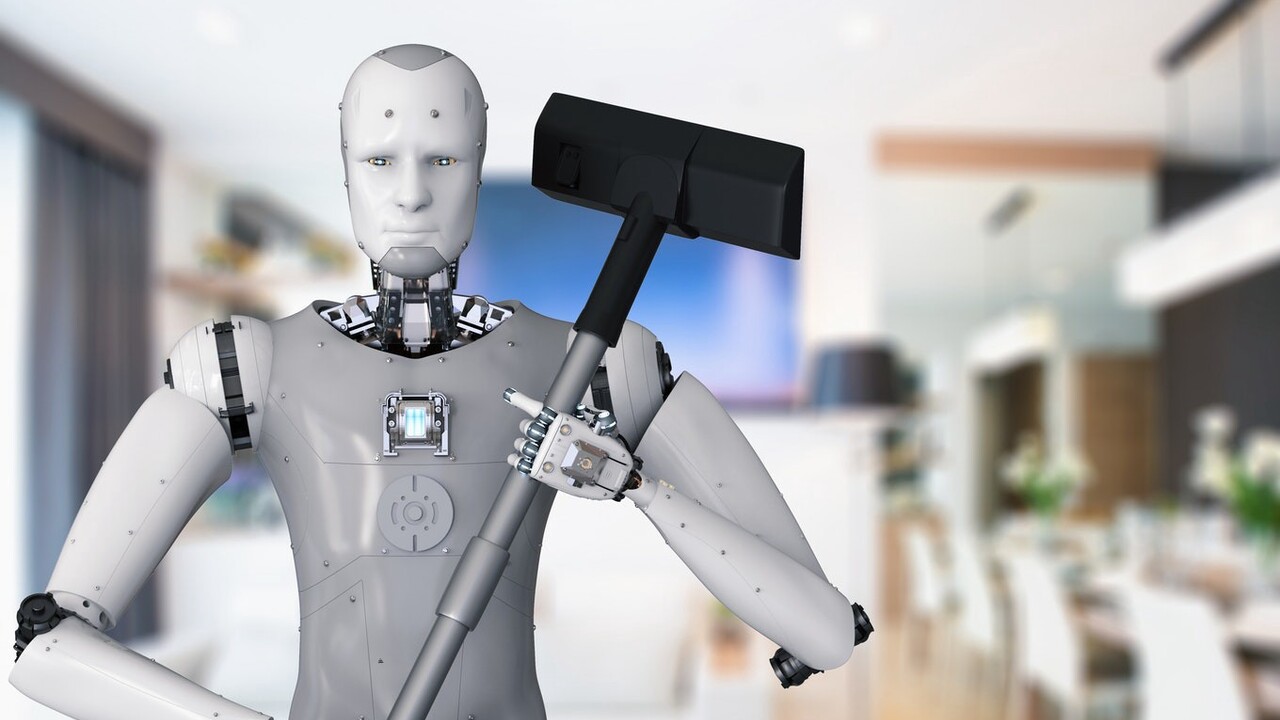Ayonga Hereid, an assistant professor of mechanical and aerospace engineering at The Ohio State University (USA), says that today’s commercial use of housekeeping robots is still in its infancy. And this is despite the fact that various security systems and smart thermostats are already in full use in homes today.
In fact, creating such robots is much more difficult than smart industrial devices or industrial robots. One of the main differences between robotic devices and digital devices is that home robots must manipulate various objects to perform their tasks. That is, they need to move the chairs, put the dirty clothes in the washing machine, etc.
Currently, AI and machine learning algorithms perform well in simulated environments. However, contact with real objects can confuse them. This is because physical contact is in principle very difficult to model and control. In other words, robots cannot reach almost the same level as a human while holding various objects.
The difficulties in robots arise from two aspects. This is control and perception. If we talk about manufacturing, many robots out there are equipped with certain tools designed only to perform certain tasks. Therefore, it is difficult for them to grasp irregularly shaped objects or elastic materials. And you have to spend a lot of money to create a universal robot arm with flexible, human-like fingers.
In addition, robots in production need a stable platform to work. However, the accuracy of their work is greatly reduced if they are used when working with moving platforms. Such robots have problems with movement and manipulation coordination.
Also, homework robots will constantly have to deal with many uncertainties. Therefore, such a robot must first find it among others and determine the desired item from among other items, then successfully approach it. All this requires excellent navigation skills, a detection system, precise manipulative abilities from the machine. Another complication is that sometimes the robot has to move between moving objects: pets, for example.
Source: Ferra










